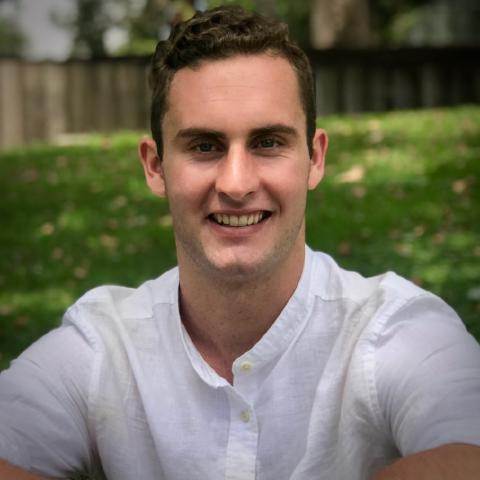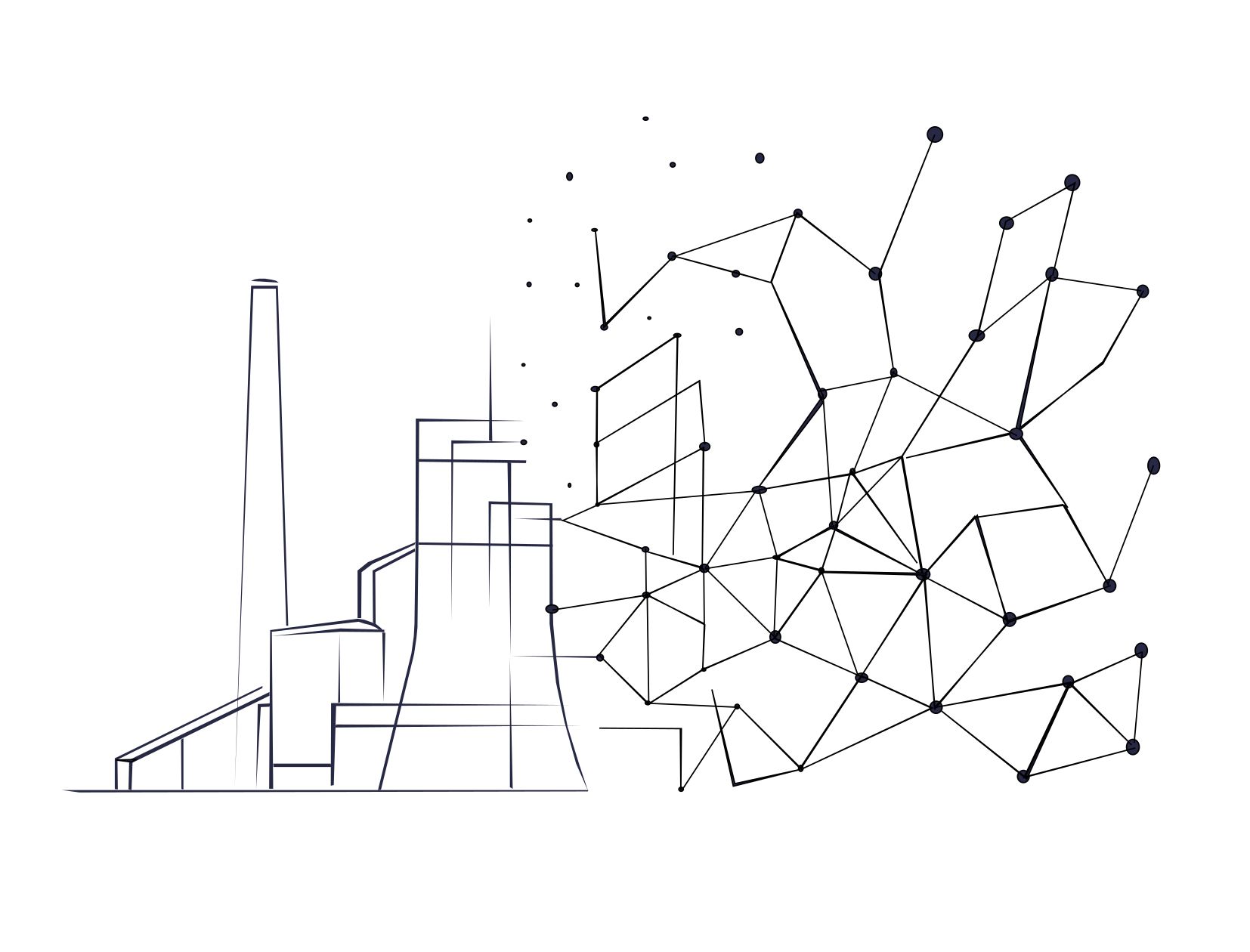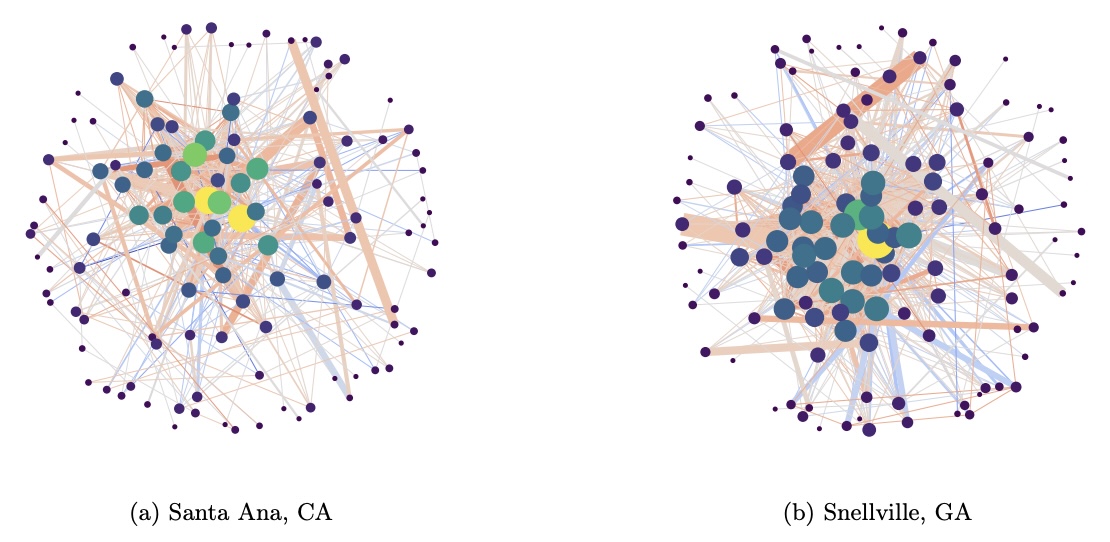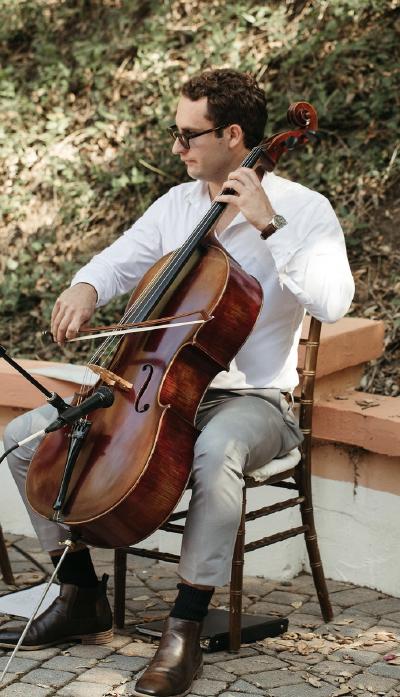Hi, I'm Jeremy.
Researcher | Founder
My dream is to use my background in mathematics and software development skills to design sophisticated tools that can improve data-driven health care 🩺 and help facilitate the urgent action needed to combat climate change ♻️.
At the moment, I'm in the fourth year of my PhD in mathematics at the Technical University of Munich🇩🇪, where I'm researching topological and geometric deep learning as a member of the AIDOS Lab🍩. I'm also a co-founder of Krv 🕸️.
I'm always looking for new opportunities to collaborate, learn, and exchange ideas, so please feel free to reach out if you find my page interesting 📮.







